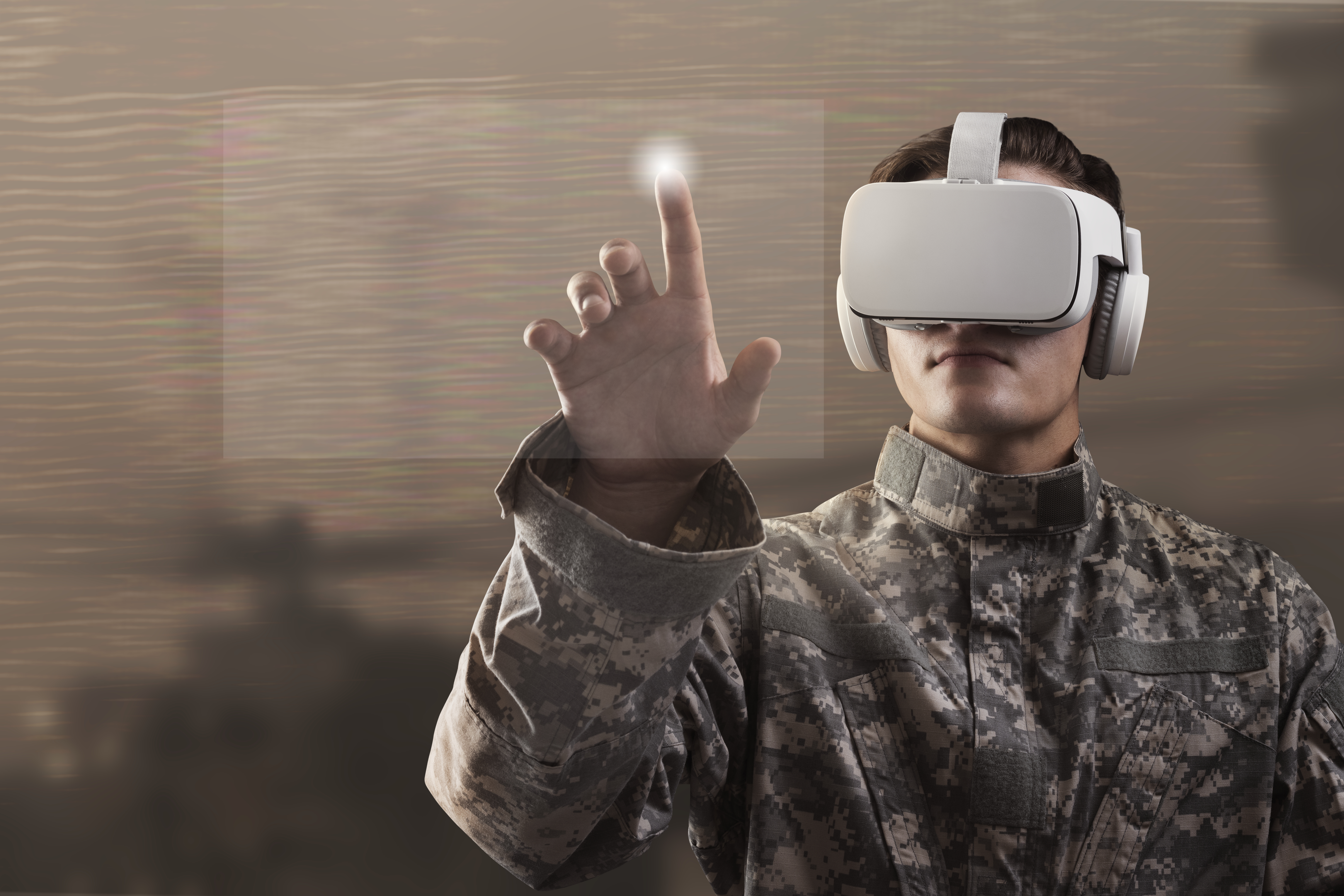Leveraging Technology to Modernize Military Supply Chains
December 2, 2024The military supply chain is a vital part of ensuring that military operations run smoothly. It includes everything from logistics to procurement and distribution of materials and equipment. However, it’s no secret that managing such a complex network can be a challenge. Fortunately, in recent years, technology has become a game-changer for military supply chains, helping streamline operations, reduce costs, and improve overall efficiency. By embracing the latest technological innovations, military organizations can significantly enhance their readiness and capabilities.
Key Technologies Driving Modernization
1. Internet of Things (IoT)
Real-time Tracking: IoT devices can provide real-time visibility into the movement of equipment and supplies across the supply chain. This ensures that military organizations can track everything from vehicles to critical parts, making logistics smoother and more reliable.
Predictive Maintenance: IoT sensors installed on equipment can monitor performance and detect issues before they become failures. This predictive capability helps schedule maintenance in advance, reducing downtime and ensuring everything stays in working order.
2. Artificial Intelligence (AI) and Machine Learning
Demand Forecasting: AI-powered algorithms can predict future needs with impressive accuracy. By analyzing historical data, AI can optimize inventory levels, preventing stockouts or overstocking.
Anomaly Detection: AI can spot unusual patterns in supply chain data, such as irregularities that might point to fraud or inefficiencies, helping organizations take quick action.
Automated Decision-Making: AI can handle routine tasks like processing orders or scheduling shipments, freeing up human resources for more strategic decision-making.
3. Blockchain Technology
Secure Supply Chain: Blockchain ensures that every transaction in the supply chain is recorded securely and transparently. This technology reduces the risks of counterfeiting and fraud by making it impossible to alter the data once it’s recorded.
Traceability: Blockchain also enables full traceability of goods, meaning the origin and movement of products can be tracked at every stage. This ensures that all materials are of the highest quality and comply with military standards.
4. Robotics and Automation
Warehouse Automation: Robots are revolutionizing warehouse operations. Automated systems can handle tasks like picking, packing, and shipping, improving efficiency while reducing the need for manual labor.
Autonomous Vehicles: Self-driving trucks and delivery drones are becoming more common for transporting goods. These vehicles help cut down transportation costs and ensure timely delivery, even in challenging conditions.
Benefits of Technology-Enabled Supply Chains
Improved Efficiency: Automation and advanced optimization techniques significantly reduce manual tasks, streamlining supply chain operations.
Enhanced Visibility: Real-time tracking and powerful data analytics give military organizations a clearer picture of the entire supply chain, allowing for faster decision-making and better resource allocation.
Reduced Costs: With smarter inventory management, more efficient logistics, and minimized waste, technology helps cut down on unnecessary expenses.
Increased Agility: Technology makes it easier for military organizations to quickly adapt to changing conditions or new operational demands.
Enhanced Security: Advanced technologies like blockchain and AI-powered fraud detection ensure that sensitive military data and assets are secure from cyber threats.
Challenges and Considerations
Despite the clear benefits, integrating these technologies into military supply chains comes with its own set of challenges:
Cybersecurity: As military supply chains become more tech-driven, ensuring the security of sensitive data and systems is more important than ever. Cyber threats must be constantly monitored and mitigated.
Interoperability: Bringing together various systems and technologies can be complex. Ensuring they work seamlessly with one another is essential for smooth operations.
Data Quality and Management: The effectiveness of AI, IoT, and other technologies depends on having high-quality data. Ensuring that the data is accurate, up-to-date, and well-managed is a top priority.
Workforce Training: With all these new technologies, military personnel need to be properly trained to use them effectively. This includes not only technical training but also adapting to new workflows and processes.

